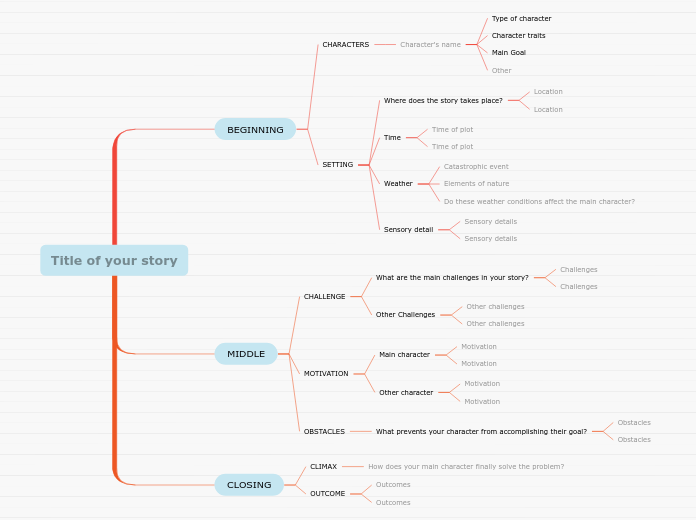TOPIK 1 INTRODUCTION TO OOP
OBJECT ORIENTED PROGRAMMING TECHNIQUES
method of programming based on a hierarchy of classes, together with well defined and cooperating objects.
languages used in OOP
Java, C++, C#, Phython
PHP, JavaScript, Ruby, Perl
Object-C, Dart, Swift, Scala
PROSEDURAL PROGRAMMING
programming model which is derived from structured programming, based upon the concept of calling procedure.
languages used in prosedural programming
FORTRAN, ALGOL, COBOL
BASIC, Pascal and C
OBJECT ORIENTED ANALYSIS
process of defining the problem in terms of real world objects with which the system must interact.
primary tasks in OOA
identifying objects
organizing the objects
defining the object attributes
defining the function of the objects
describing how the objects interact
OBJECT ORIENTED DESIGN
process of defining the components, interfaces, objects, classes, attributes and operations that will satisfy the requirements.
implementation detail generally include
restructuring the class data
implementation of method
implementation of controls
implementation of associatations
OBJECT ORIENTED ANALYSIS & DESIGN
technical approach used in analysis and design of an application / system
applied throughout the development life cycle to foster better product quality and even encouraging stakeholder participation and communication.
advantages
easy to understand
easy to maintain
provide re-usability
reduce the development time and cost
disadvantages
all time it is not easy to determine all the necessary classes and object required for a system
without an explicit reuse procedure this methodology do not lead to successful reuse on a large scale
